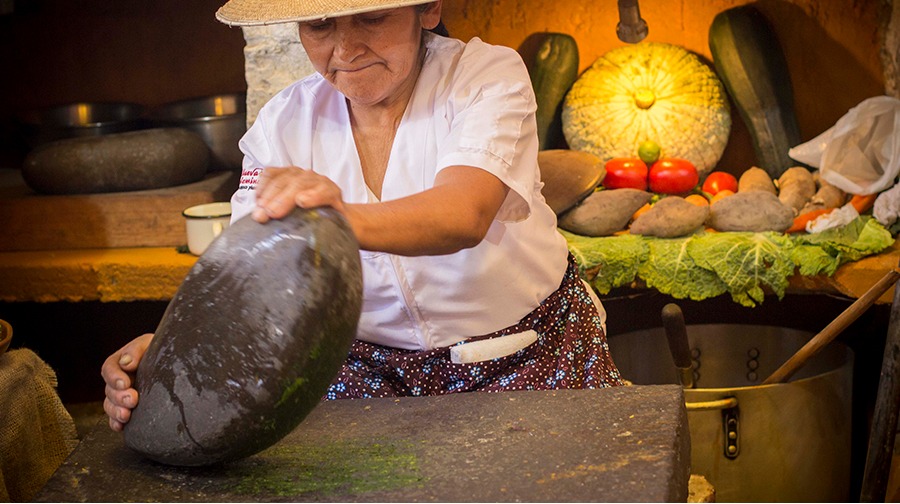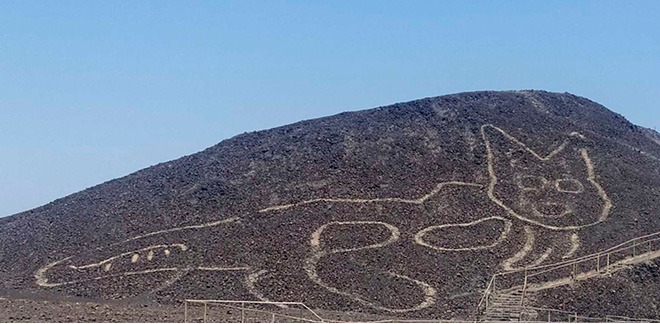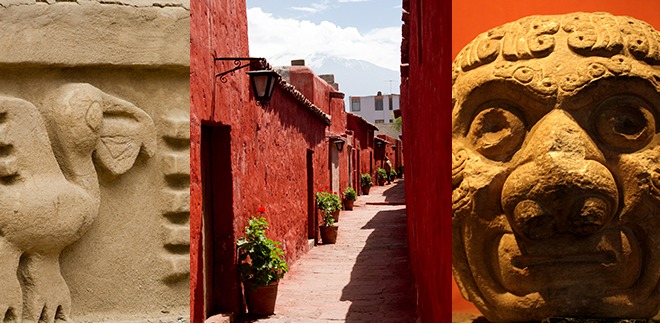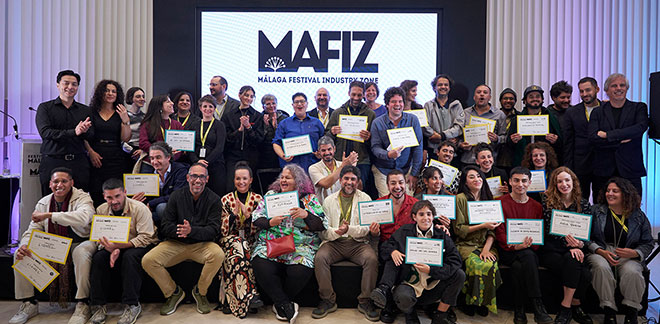The Batán, one of the most emblematic pre-Hispanic tools of Peruvian cuisine
Síguenos en:Google News
In order to know and understand Peruvian cuisine, one must first delve into the historical origins of each of the dishes that make up its attractive and majestic menu. While the key to its success lies in the right mix of ingredients and spices, it is the ancient techniques that have made the union of ingredients a work of culinary art.
One of them is the thousand-year-old batán. “It is a key part of our history, culture and cuisine,” says Mónica Huerta, owner of Nueva Palomino. This tool, also known as “the hand”, is composed of a slightly hollowed-out table made of smooth river stone – this is where the ingredients are placed – and another stone in the shape of a half moon which fits into this hollow and which serves to grind the ingredients in their most natural state.
It is mostly used to create dishes with dressings made from grains and crushed herbs or to create sauces made from chili peppers.
An ancient legacy
According to historian Enrique Ramírez, the batán was used by our ancestors to “extract the essence of the ingredients.” “The tool presses firmly against the stone, with the raw ingredients in between, this is the culinary sanctuary from which the aromas and flavors are extracted. The very soul of the ingredients,” he adds.
Originally, the batán was widely used by the Incas to grind corn but with the arrival of the Spaniards it came to be used to squeeze the most out of the spices in order to make the most delicious dressings. This is especially the case in picanterías, where it has been considered the key to the success of their dishes for generations. The city of Arequipa is one of the places where they consider the batán a part of their culture.
Inca Garcilaso de la Vega also gave some insights into the use of the batán in his time. “They didn’t use to grind with mortars, although they could have, as mortars grind the ingredients using strength from the arms, whereas the weight of the half-moon stone grinds what lies beneath, and the native woman does this easily thanks to its shape, raising and lowering it from one side to the other, and from time to time she collects what she is grinding in the middle of the slab with one hand to grind it again, and in the other hand she holds the stone, which could be called a batán because of its similarity and the blows you make with it with one hand and then with the other. They still grind in this way, for whatever they need.”
From generation to generation
“The technique of the batán has a promising future,” says Ramirez. So its use must be continue following the example and wishes of the picanteras (picantería owners) of old. According to Huerta, the tradition ran in the following way: every time a picantera planned to step aside, she would give her daughter her "hand" – the stone with which the ingredients are ground – so that she would continue the family's legacy. “A symbol of passing on a legacy, of seasoning and of love,” he says.
Another one of its most endearing legends says that after receiving the visit of another picantera, the owner of the house would hide it, since people believed each one had its own magic and could be stolen in order to imitate the seasoning created by the batán.
It should be noted that it is also used in other regions of Peru, including Ayacucho, Cajamarca, Áncash, Piura and La Libertad, mainly in their communities and rural areas. In Pucallpa, the batán has a slight variation: the lower part is made out of shungu wood, known for its high resistance.
Sources: UNMSM/ Sommelier/ Deutsche Welle








